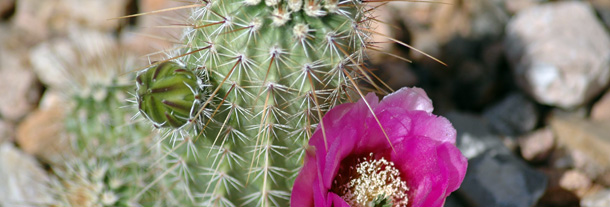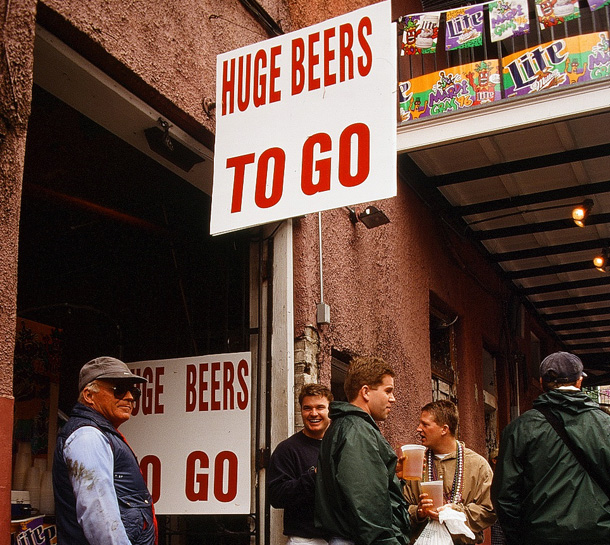03.18.19, BEER AND WINE LINKS

Green chile alert: No links here next Monday. We’ll be visiting friends, human and edible, in New Mexico next weekend.
Brussels beer x Brussels food face-off #4 // Pottekeis.
Before linking to stories about the business of beer, issues of the day, whatever, a reminder that we pay such close attention because of what some people like to call the magic of beer. The aroma, the flavor, and perhaps how a splash of alcohol makes us feel. “Unsurprisingly, the Cantillon accentuates the tang of the ettekeis and of the gueuze, causing my saliva glands to hyperventilate and flood my mouth.”
How hard is it to name a new beer?
And one more for pleasure before getting serious. I would have missed it were it not for ReadBeer.com.

